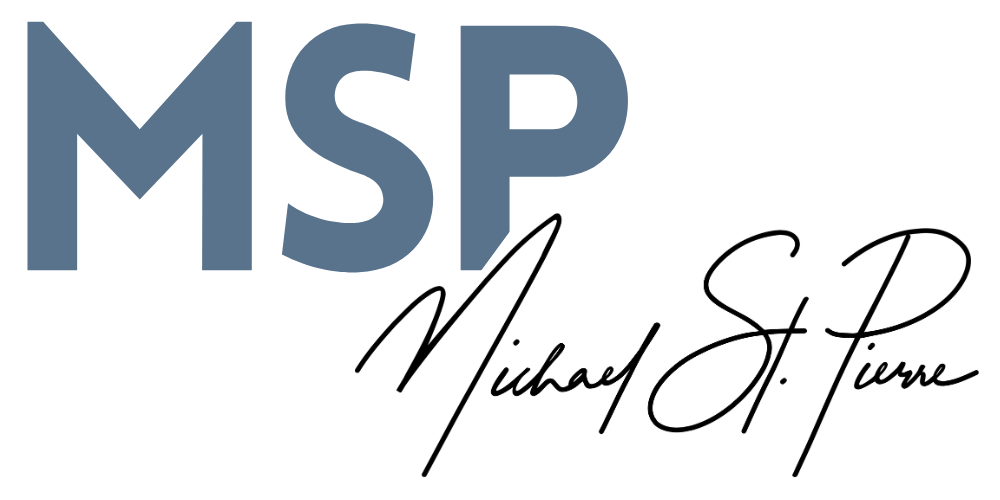We’ve discussed the value of quiet living and the concept of the low information diet but what exactly is The Quiet Life? Rather than simply consuming less news, it can be defined as the following:
A posture towards life that embraces simplicity, sacramentality and intentionality while placing particular value on meaningful interaction with others.
Now let’s break it down:
A posture: quiet living isn’t a cause. It’s not political. It’s no false gospel. There are no t-shirts made from it (not yet at least). Rather, quiet living is an approach to life which both precedes action and responds to external stimuli.
Simplicity: quiet living does not like complexity. The Quiet Life, in order to savor the rich, good things of life, needs to strip away the non-essentials and therefore cherishes simplicity in everything from one’s day to the food one eats.
Sacramentality: quiet living embraces both the Sacraments and a sacramental view of everyday life. Frequent reception of the Eucharist and regular participation in Reconciliation are essential. One also sees all of creation as “usable” by God. This is consistent with the teaching of the Church.
Intentionality: quiet living is on purpose. One doesn’t merely react to things but goes on offense, choosing how best to spend their time, money and energy.
Meaningful interaction with others: instead of an addiction to pings, likes, updates and shares, one who practices quiet living seeks out face-to-face interactions with others. Rich conversations are savored. Instead of 5,000 “friends” on Facebook, five trusted friendships in real life will do.
Perhaps one of the best aspects of quiet living is that it’s completely free. Which aspect will you try out today?





